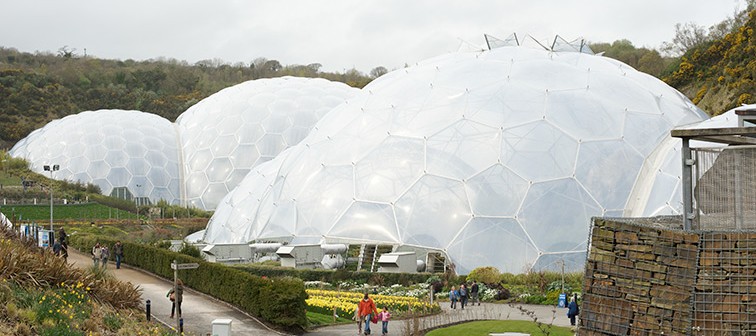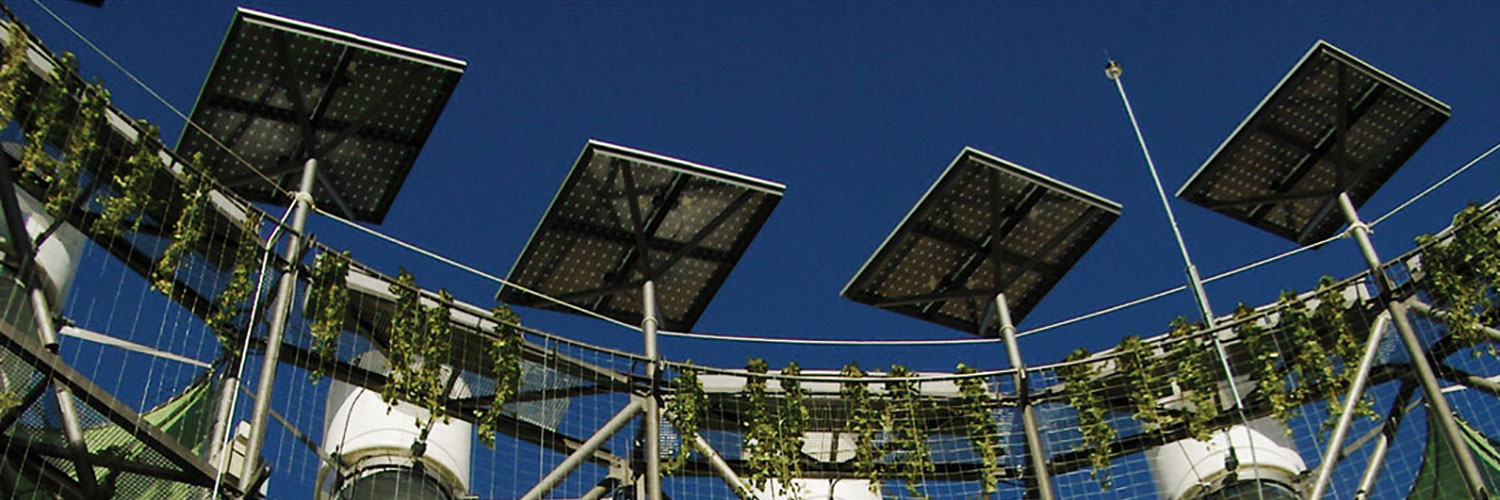“The term (greenwash) is generally used when significantly more money or time has been spent advertising being green, rather than spending resources on environmentally sound practices. This is often portrayed by changing the name or label of a product, to give the feeling of nature, for example putting an image of a forest on a bottle of harmful chemicals.” (Wikipedia)
When choosing building materials and products, architects, specifiers, developers and clients will increasingly be concerned about environmental issues. This may be because rules, regulations and policies enforce this or because of a genuine ethical decision to ensure that buildings are as sustainable as possible.
However, there is a great deal of confusion and misunderstanding of what green and sustainable buildings actually are. At present there is no commonly accepted definition of sustainability. The Brundtland definition, however, is frequently quoted. The Brundtland Report of the world Commission on Environment and Development defines sustainable development as follows:
“Humanity has the ability to make development sustainable – to ensure that it meets the needs of the present without compromising the ability of future generations to meet their needs.” (WCED 1987)
How are informed decisions made about what materials to use and who sets the standards that can validate such decisions? As policies and thinking about sustainable construction are changing so rapidly, can there be any real degree of certainty about the best thing to do?
 Distinguishing between being good for the environment and what has become known as “greenwash” is not always easy. “The term (greenwash) is generally used when significantly more money or time has been spent advertising being green, rather than spending resources on environmentally sound practices. This is often portrayed by changing the name or label of a product, to give the feeling of nature, for example putting an image of a forest on a bottle of harmful chemicals.” (Wikipedia)
Distinguishing between being good for the environment and what has become known as “greenwash” is not always easy. “The term (greenwash) is generally used when significantly more money or time has been spent advertising being green, rather than spending resources on environmentally sound practices. This is often portrayed by changing the name or label of a product, to give the feeling of nature, for example putting an image of a forest on a bottle of harmful chemicals.” (Wikipedia)
Scientific work to evaluate and improve the environmental impact of galvanizing has been based on analysis of genuine data and this avoids greenwash as any claims that are made can be backed up with good peer reviewed science. However, it is not easy to make comparisons between products and materials as there are so many different methods of analysis and claims that are made. A level playing field to compare environmental credentials does not yet exist, though it may come in time.



